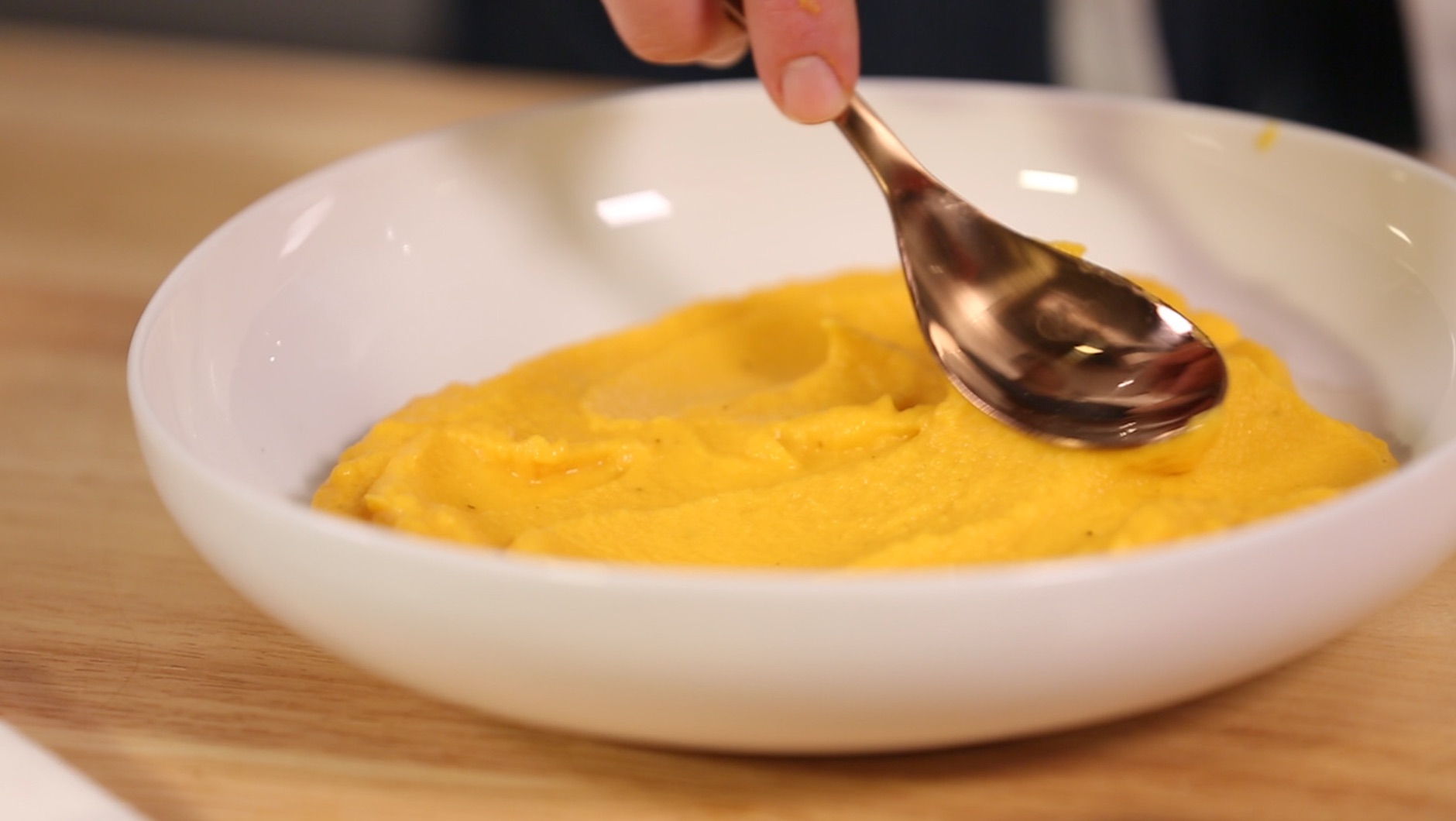

Articles
How To Puree Without A Blender
Modified: February 28, 2024
Discover how to puree without a blender in this informative article. Get creative with alternative methods for smooth and velvety purees.
(Many of the links in this article redirect to a specific reviewed product. Your purchase of these products through affiliate links helps to generate commission for Storables.com, at no extra cost. Learn more)
Introduction
Welcome to the world of pureeing! Whether you”re a seasoned chef looking to create smooth sauces or a health-conscious individual wanting to make delicious homemade baby food, learning how to puree without a blender can be a game-changer. While blenders are a popular choice for pureeing due to their ease and efficiency, there are times when you might find yourself without one or simply want to explore alternative methods.
So what exactly is pureeing? Pureeing is the process of transforming solid ingredients into a smooth and consistent texture. It”s a technique commonly used in cooking to create sauces, soups, dips, and even desserts. By breaking down the ingredients into a fine and creamy consistency, you can ensure a uniform taste and texture in your dishes.
While blenders offer a convenient and quick way to achieve this texture, there are several reasons why you might want to explore other options. Perhaps you”re traveling and don”t have access to a blender, or maybe you”re looking for a more hands-on and traditional approach to pureeing. Whatever the reason, fear not! There are several methods available that can help you achieve the same smooth and luscious results without a blender.
In this article, we”ll explore four effective methods for pureeing without a blender:
- Using a food processor
- Mashing with a fork or potato masher
- Using a sieve or strainer
- Using a mortar and pestle
Each method has its own benefits and suitability based on the ingredients you”re working with and the desired end result. We”ll dive into each method in detail, providing step-by-step instructions and tips along the way.
Before we delve into the methods, it”s important to note that successfully pureeing without a blender requires a bit of patience and effort. Unlike a blender, where you simply press a button and let the machine do the work, these methods may require some manual labor. But don”t worry, the end result will be worth it!
So without further ado, let”s explore the wonderful world of pureeing without a blender and discover how you can achieve smooth and velvety textures in your culinary creations.
Key Takeaways:
- Embrace the versatility of pureeing without a blender by exploring alternative methods such as using a food processor, mashing with a fork, using a sieve, or a mortar and pestle. Each method offers unique benefits and allows for creative culinary experimentation.
- Achieve smooth and velvety purees without a blender by following practical tips such as cutting ingredients into smaller pieces, controlling pressure and speed, and adjusting consistency with liquids. With patience and practice, you can master the art of pureeing and elevate your culinary creations.
What is pureeing?
Pureeing is a culinary technique used to transform solid ingredients into a smooth and homogeneous texture. It involves breaking down the ingredients into a fine and uniform consistency, resulting in a silky and velvety finish. This technique is commonly used in cooking to create sauces, soups, purees, dips, and even desserts.
The process of pureeing helps to enhance the flavors of the ingredients by removing any lumps or chunks. It also allows for better incorporation of flavors and seasonings, resulting in a more cohesive and balanced dish. When done correctly, pureeing can turn ordinary ingredients into delectable creations that are pleasing both to the eyes and the palate.
One of the main benefits of pureeing is that it creates a uniform texture, making it easier for individuals with certain dietary restrictions or chewing difficulties to consume the food. For example, those on a soft food diet, people with dysphagia, or babies transitioning to solid foods can benefit greatly from pureed meals.
A blender is often the go-to tool for pureeing due to its convenience and speed. However, there are instances where using a blender might not be an option. You may find yourself without a blender while traveling, camping, or during a power outage. Additionally, some people prefer alternative methods for pureeing for a more hands-on or rustic experience.
Pureeing can be achieved using various tools and techniques, depending on the desired end result and the ingredients being used. While blenders are efficient for large quantities and extremely smooth textures, there are several other methods that can yield equally satisfactory results. These methods include using a food processor, mashing with a fork or potato masher, using a sieve or strainer, and using a mortar and pestle.
By exploring alternative methods for pureeing, you can broaden your culinary skills and adapt to different circumstances. In the following sections, we will dive into each method in detail, providing step-by-step instructions and helpful tips to help you master the art of pureeing without a blender.
So whether you find yourself blender-less or simply want to try a different approach, let’s embark on this journey and discover the wonders of pureeing without a blender.
Why puree without a blender?
While blenders are a popular and convenient tool for pureeing, there are several reasons why you might want to explore alternative methods. Let’s take a look at some of the reasons why you may choose to puree without a blender:
1. Portability and convenience
Blenders are not always easily portable, especially if you are traveling, hiking, or camping. In such situations, it’s helpful to know alternative methods for pureeing that don’t require electrical appliances. By learning to puree without a blender, you can enjoy the convenience of preparing smooth textures on the go, without being restricted by the availability of a blender.
2. Culinary experimentation
Exploring alternative methods for pureeing allows you to tap into your creativity and broaden your culinary skills. Different tools and techniques can yield unique textures and flavors, adding a touch of variety to your dishes. By experimenting with different methods, you can discover new ways to achieve the desired consistency and refine your culinary creations.
Read more: How To Puree With A Blender
3. Traditional and hands-on approach
Pureeing without a blender gives you the opportunity to embrace a more traditional and hands-on approach to cooking. Using methods like mashing with a fork or using a mortar and pestle connects you to age-old techniques that have been used for generations. This can foster a deeper appreciation for the art of cooking and allow you to connect with the ingredients and the process in a more meaningful way.
4. Noise and space considerations
Blenders can be noisy, which might be inconvenient in certain environments or situations where you need to maintain a quiet atmosphere. Additionally, blenders can take up valuable counter space in smaller kitchens. By opting for alternative methods, you can enjoy the benefits of pureeing without the noise or space constraints of a blender.
5. Different textures and consistencies
While blenders excel at creating smooth and ultra-fine textures, some dishes may benefit from a more rustic or chunky consistency. Certain methods like using a food processor or mashing with a fork allow you to achieve textures that have more character and bite. By pureeing without a blender, you have more control over the final texture of your dishes, allowing you to customize them to your liking.
Overall, learning to puree without a blender opens up a world of possibilities in your culinary adventures. It allows you to adapt to different situations, explore new techniques, and infuse your dishes with a personal touch. So, whether you’re seeking portability, a traditional approach, or simply want to enjoy the benefits of pureeing without a blender, experimenting with alternative methods is a worthwhile endeavor.
Methods for Pureeing Without a Blender
When you find yourself without a blender or simply prefer to explore different methods for pureeing, there are several alternative techniques you can employ. Each method offers its own unique benefits and is suitable for different ingredients and desired end results. Let’s dive into the four effective methods for pureeing without a blender:
Read more: How To Puree Without A Food Processor
Method 1: Using a Food Processor
A food processor is a versatile kitchen appliance that can be used as an alternative to a blender for pureeing. It is especially useful for handling larger quantities of ingredients and achieving a smooth texture. To use a food processor for pureeing, follow these steps:
- Cut your ingredients into smaller pieces to facilitate processing.
- Place the ingredients into the food processor bowl.
- Pulse the food processor on and off until the desired consistency is achieved. Stop periodically to scrape down the sides and ensure even processing.
- Continue processing until the ingredients are completely pureed and smooth.
Method 2: Mashing with a Fork or Potato Masher
If you’re looking for a more hands-on approach to pureeing, using a fork or potato masher can produce excellent results, especially for softer ingredients. Here’s how you can puree using this method:
- Place the ingredients in a bowl or on a cutting board.
- Mash the ingredients vigorously using a fork or potato masher. Apply pressure and make repetitive up and down motions to break down the ingredients and create a smooth texture.
- Continue mashing until the desired consistency is achieved.
Method 3: Using a Sieve or Strainer
A sieve or strainer can be a handy tool when pureeing ingredients that need to be strained or have seeds or fibrous parts removed. This method is ideal for achieving a smooth and refined texture. Follow these steps to puree using a sieve or strainer:
- Place the ingredients in a bowl.
- Press the ingredients through the sieve or strainer using a spoon or spatula. Apply gentle pressure and scrape the underside of the sieve to extract as much puree as possible.
- Repeat the process until the desired consistency is achieved, removing any unwanted seeds or fibers in the process.
Method 4: Using a Mortar and Pestle
If you want to embrace a more traditional and artisanal approach to pureeing, using a mortar and pestle can be a great option. This method is particularly suitable for grinding and pureeing small quantities of ingredients. Here’s how to puree using a mortar and pestle:
- Place the ingredients in the mortar.
- Grind the ingredients using the pestle, applying pressure in a circular motion. Continue grinding until the ingredients are broken down into a smooth paste or puree.
- Ensure that all the ingredients are evenly incorporated and the desired texture is achieved.
These four methods offer versatile alternatives to using a blender for pureeing. Depending on the ingredients you’re working with and the desired texture, you can choose the method that best suits your needs. Now that you’re familiar with these methods, let’s move on to some tips for successfully pureeing without a blender.
Read more: How To Make A Milkshake Without Blender
Method 1: Using a Food Processor
A food processor is a versatile kitchen appliance that can be a great alternative to a blender when it comes to pureeing. It is especially useful for handling larger quantities of ingredients and achieving a smooth texture. Here’s how you can use a food processor to puree without a blender:
- Cut your ingredients into smaller pieces: Before placing the ingredients in the food processor, it’s important to cut them into smaller, manageable pieces. This will make the pureeing process easier and ensure that the ingredients are evenly processed.
- Place the ingredients in the food processor bowl: Transfer the cut ingredients into the bowl of the food processor. Make sure not to overfill the bowl, as this can hinder the proper function of the machine.
- Pulse the food processor on and off: Start by pulsing the food processor on and off to begin breaking down the ingredients. This helps to prevent over-processing and allows you to check the texture along the way.
- Scrape down the sides: Periodically stop the food processor and scrape down the sides of the bowl using a spatula. This ensures that all the ingredients are evenly processed and helps to achieve a smooth consistency.
- Continue processing until desired consistency is reached: Depending on the ingredients and the desired texture, continue pulsing and scraping down the sides as needed until you achieve your desired level of smoothness.
Using a food processor for pureeing offers several benefits. It can handle large quantities of ingredients and is particularly effective at creating smooth textures. The pulsing action allows for better control over the pureeing process, ensuring that you don’t over-process the ingredients.
Additionally, a food processor can be used for a variety of other food preparations, making it a versatile tool to have in your kitchen. But keep in mind that food processors may not be as effective as blenders when it comes to achieving extremely fine textures, so it may not be suitable for all types of pureeing.
Now that you have learned how to use a food processor for pureeing, let’s move on to the next method: mashing with a fork or potato masher.
Method 2: Mashing with a Fork or Potato Masher
If you’re looking for a more hands-on approach to pureeing without a blender, using a fork or potato masher can be an effective method. This method is particularly useful for softer ingredients and can yield a slightly chunkier texture. Here’s how you can puree using a fork or potato masher:
- Place the ingredients in a bowl or on a cutting board: Start by transferring the ingredients you want to puree into a bowl or directly onto a cutting board. This will provide a stable surface for mashing.
- Mash the ingredients vigorously using a fork or potato masher: Using a fork or potato masher, apply pressure and make repetitive up and down motions to break down the ingredients. The tines of the fork or the masher will help to break up any larger pieces and create a smoother texture.
- Continue mashing until desired consistency is achieved: Keep mashing until you reach the desired level of smoothness. If you prefer a chunkier texture, you can stop mashing earlier. If you want a smoother puree, continue mashing until the ingredients are well incorporated and have reached your desired consistency.
Mashing with a fork or potato masher is a simple and effective way to puree without a blender. It allows for better control over the texture of the final product, as you can adjust the level of mashing to achieve the desired result. This method is particularly useful for ingredients like cooked vegetables, ripe fruits, or cooked legumes.
One of the advantages of this method is that it requires minimal equipment and can easily be done in any kitchen. The fork or potato masher can be easily cleaned and stored, making it a convenient option for quick pureeing needs.
However, it’s important to note that this method may not work well for tougher or fibrous ingredients. In such cases, you may need to use other methods such as a food processor or sieve to achieve the desired smoothness.
Now that you’ve learned how to puree using a fork or potato masher, let’s move on to the next method: using a sieve or strainer.
Method 3: Using a Sieve or Strainer
When it comes to pureeing ingredients that may contain seeds, fibers, or require straining, using a sieve or strainer can be an effective method. This technique allows you to achieve a smooth texture while removing any unwanted elements. Here’s how you can puree using a sieve or strainer:
- Place the ingredients in a bowl: Start by transferring the ingredients you want to puree into a bowl. This will make it easier to work with and catch any pureed mixture that passes through the sieve or strainer.
- Select a sieve or strainer: Choose a sieve or strainer with the appropriate mesh size. A finer mesh will result in a smoother puree, while a coarser mesh will retain some texture.
- Press the ingredients through the sieve or strainer: Using a spoon or spatula, press the ingredients through the sieve or strainer. Apply gentle pressure and scrape the underside of the sieve to extract as much puree as possible. This process helps to break down the ingredients and remove any unwanted seeds or fibers.
- Repeat until desired consistency is achieved: Continue pressing and scraping the mixture through the sieve or strainer until you have achieved the desired level of smoothness. This may require multiple passes depending on the ingredients and the texture you’re aiming for.
Using a sieve or strainer for pureeing provides the advantage of removing any undesirable elements from the mixture while creating a smooth texture. This method is particularly useful for fruits, vegetables, or sauces that contain seeds, skin, or fibrous parts that you want to eliminate.
However, it’s important to note that using a sieve or strainer can be time-consuming, especially if you’re working with larger quantities or ingredients with a higher fiber content. Additionally, this method may not be suitable for ingredients that are too thick or chunky, as it may clog the mesh and hinder the pureeing process.
Now that you’ve learned how to use a sieve or strainer for pureeing, let’s move on to the next method: using a mortar and pestle.
Method 4: Using a Mortar and Pestle
For those seeking a more traditional and hands-on approach to pureeing, using a mortar and pestle can be a rewarding method. This technique allows you to grind and crush ingredients to create a smooth and flavorful puree. Here’s how you can puree using a mortar and pestle:
- Place the ingredients in the mortar: Start by transferring the ingredients you want to puree into the mortar. It’s best to work with smaller quantities to ensure effective grinding.
- Grind the ingredients using the pestle: Using the pestle, apply pressure in a circular motion to grind and crush the ingredients. The rough surface of the mortar helps to break down the ingredients and release their flavors. Continue grinding until the ingredients are broken down into a smooth paste or puree.
- Ensure all ingredients are well incorporated: Make sure to scrape down the sides of the mortar periodically to ensure all the ingredients are evenly incorporated. This will help achieve a consistent texture throughout the puree.
Using a mortar and pestle for pureeing allows you to have complete control over the texture and consistency of the final product. This method is particularly suitable for grinding spices, making pesto, or creating small batches of purees with ingredients like garlic, ginger, or herbs.
One of the advantages of using a mortar and pestle is the ability to release the natural aromas and flavors of the ingredients. The grinding process helps to break down the cell walls of the ingredients, enhancing their taste and creating a more intense flavor profile.
However, it’s important to note that using a mortar and pestle can be time-consuming, especially when working with larger quantities or harder ingredients. It may require more effort and patience to achieve a smooth puree compared to other methods. Additionally, this method is not suitable for ingredients that are too fibrous or tough to grind effectively.
Now that you’ve learned how to use a mortar and pestle for pureeing, you have a range of alternative options to explore. By mastering these different methods, you can adapt to various situations and achieve the desired textures in your culinary creations.
Read more: How To Blend Tomatoes Without A Blender
Tips for Successful Pureeing Without a Blender
Pureeing without a blender may require some extra effort and patience, but with these tips, you can achieve successful results and create deliciously smooth purees. Here are some helpful tips to keep in mind:
1. Choose the right method:
Consider the method that best suits your ingredients and desired texture. Using a food processor works well for larger quantities, while mashing with a fork or potato masher is great for softer ingredients. A sieve or strainer can help remove seeds and fibers, and a mortar and pestle is perfect for a more traditional approach.
2. Cut ingredients into smaller pieces:
Before pureeing, ensure that your ingredients are cut into smaller pieces. This will make it easier to process or mash them effectively, resulting in a smoother consistency.
3. Control the pressure and speed:
Whether you’re using a fork, potato masher, sieve, or mortar and pestle, it’s important to control the pressure and speed of your motions. Apply gentle pressure and work at a steady pace to achieve an even and thorough puree.
Read more: How To Blend Food Without A Blender
4. Periodically scrape down the sides:
When working with a food processor, sieve, or mortar and pestle, take breaks to scrape down the sides. This ensures that all the ingredients are evenly processed and helps maintain a consistent texture.
5. Take breaks when needed:
If you’re using a manual method like mashing or grinding, it’s okay to take breaks to rest your hands or give the ingredients a chance to settle. This will prevent you from overworking the mixture and yielding a better puree.
6. Adjust consistency with liquids:
If you find that your puree is too thick or difficult to process, consider adding a small amount of liquid. This can be water, broth, or any other suitable liquid. Be cautious, though, as adding too much liquid can make the puree too thin.
7. Taste and adjust seasoning:
Throughout the pureeing process, taste the mixture to check the flavors and adjust seasoning if needed. This will ensure that the puree is well seasoned and balanced, enhancing the overall taste of your dish.
8. Start with smaller batches:
If you’re new to pureeing without a blender, it’s advisable to start with smaller batches. This allows you to practice and familiarize yourself with the process before working with larger quantities of ingredients.
9. Choose the right tools:
Make sure you have the appropriate tools for the method you’re using. For example, using a sturdy fork or a potato masher with good grip can make the mashing process easier and more effective. Additionally, using a high-quality sieve or strainer with a suitable mesh size can ensure a smooth puree.
10. Practice and experiment:
Like any cooking technique, pureeing without a blender takes practice. Each ingredient and method may require slight adjustments in technique and timing. Don’t be afraid to experiment and make adjustments along the way to achieve the perfect puree.
By following these tips, you can successfully puree without a blender and achieve smooth and flavorful results. Whether you’re seeking a portable option, a hands-on approach, or want to explore new flavors and textures, these tips will help you on your pureeing journey.
Conclusion
Mastering the art of pureeing without a blender opens up a world of possibilities in your culinary repertoire. Whether you find yourself without a blender, prefer a more traditional approach, or simply want to experiment with different techniques, the methods discussed in this article provide effective alternatives for achieving smooth and velvety purees.
From using a food processor to mashing with a fork or potato masher, utilizing a sieve or strainer, or embracing the charm of a mortar and pestle, each method offers its own unique advantages and is suitable for various ingredients and desired textures. By selecting the right method for your specific needs, you can create purees that are both visually appealing and delightfully flavorful.
Along with the methods, the tips provided in this article are invaluable for ensuring successful results. From cutting ingredients into smaller pieces to controlling pressure and speed, these practical tips will help you navigate the pureeing process with ease and confidence.
Remember, pureeing without a blender requires a bit of patience and effort, but the rewards are well worth it. By exploring alternative methods, you can adapt to different situations, unleash your creativity, and infuse your dishes with a personal touch.
So, whether you’re on a camping trip, seeking a hands-on cooking experience, or just want to explore new culinary techniques, don’t be afraid to dive into the world of pureeing without a blender. With a little practice and a willingness to experiment, you’ll soon find yourself mastering the art of creating smooth and magnificent purees that will delight your taste buds and impress your guests.
Now, armed with this knowledge, it’s time to embrace the joy of pureeing without a blender and elevate your culinary creations to the next level.
Frequently Asked Questions about How To Puree Without A Blender
Was this page helpful?
At Storables.com, we guarantee accurate and reliable information. Our content, validated by Expert Board Contributors, is crafted following stringent Editorial Policies. We're committed to providing you with well-researched, expert-backed insights for all your informational needs.
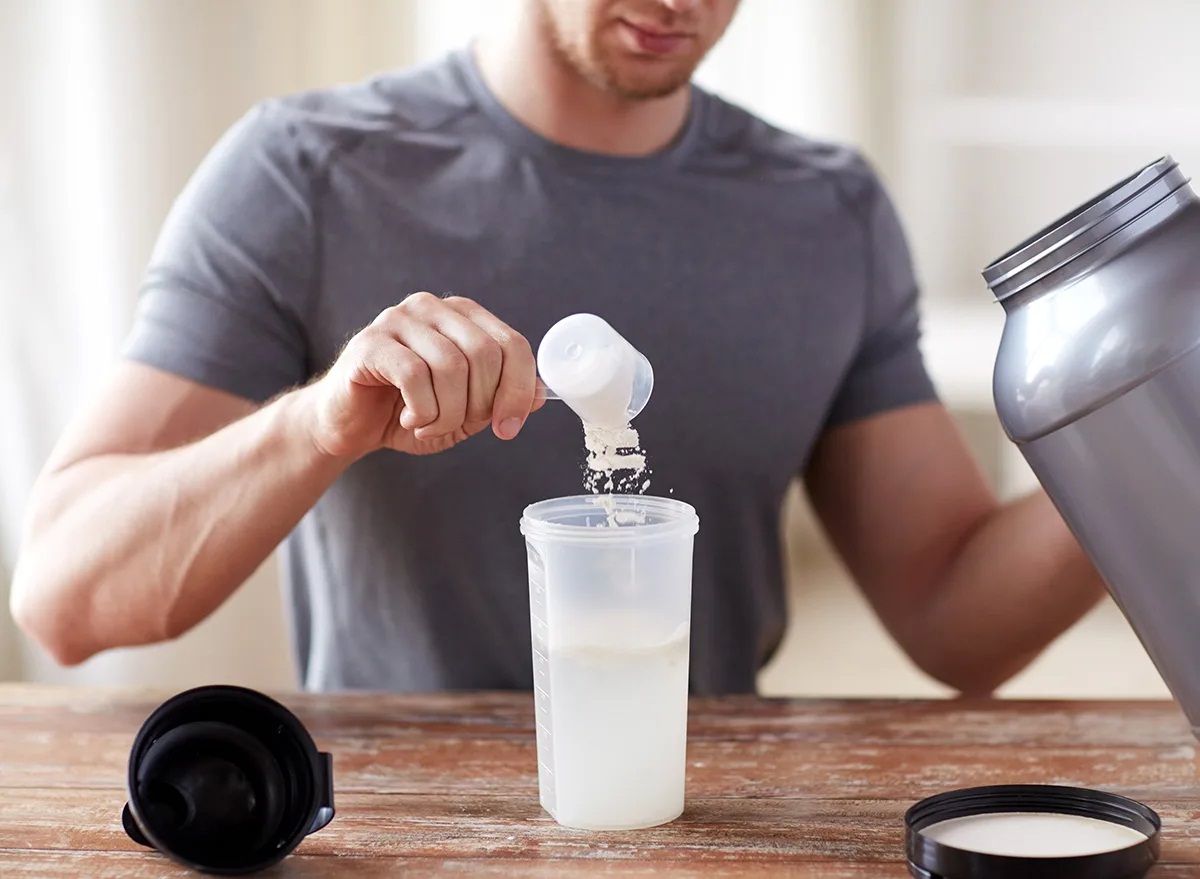
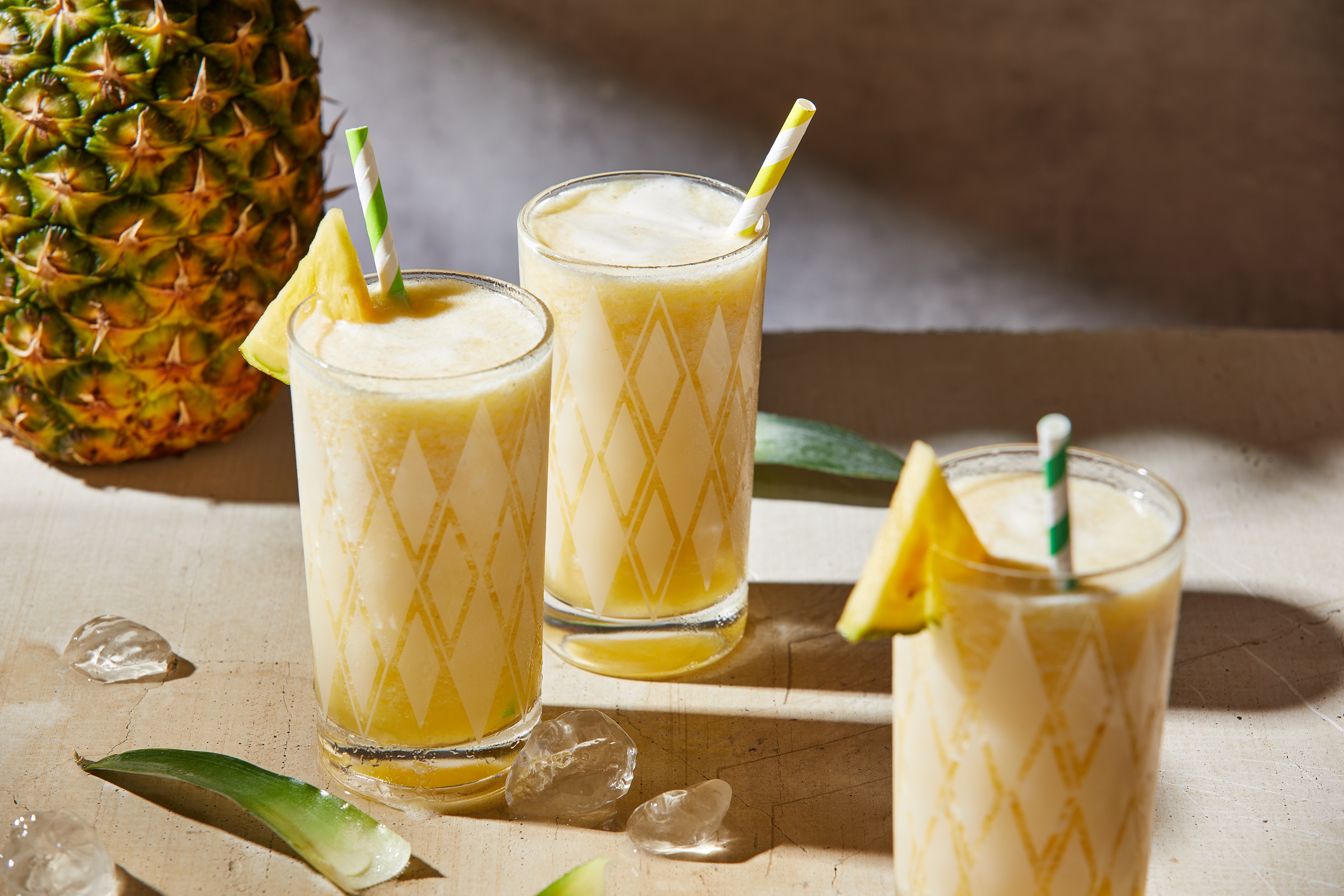
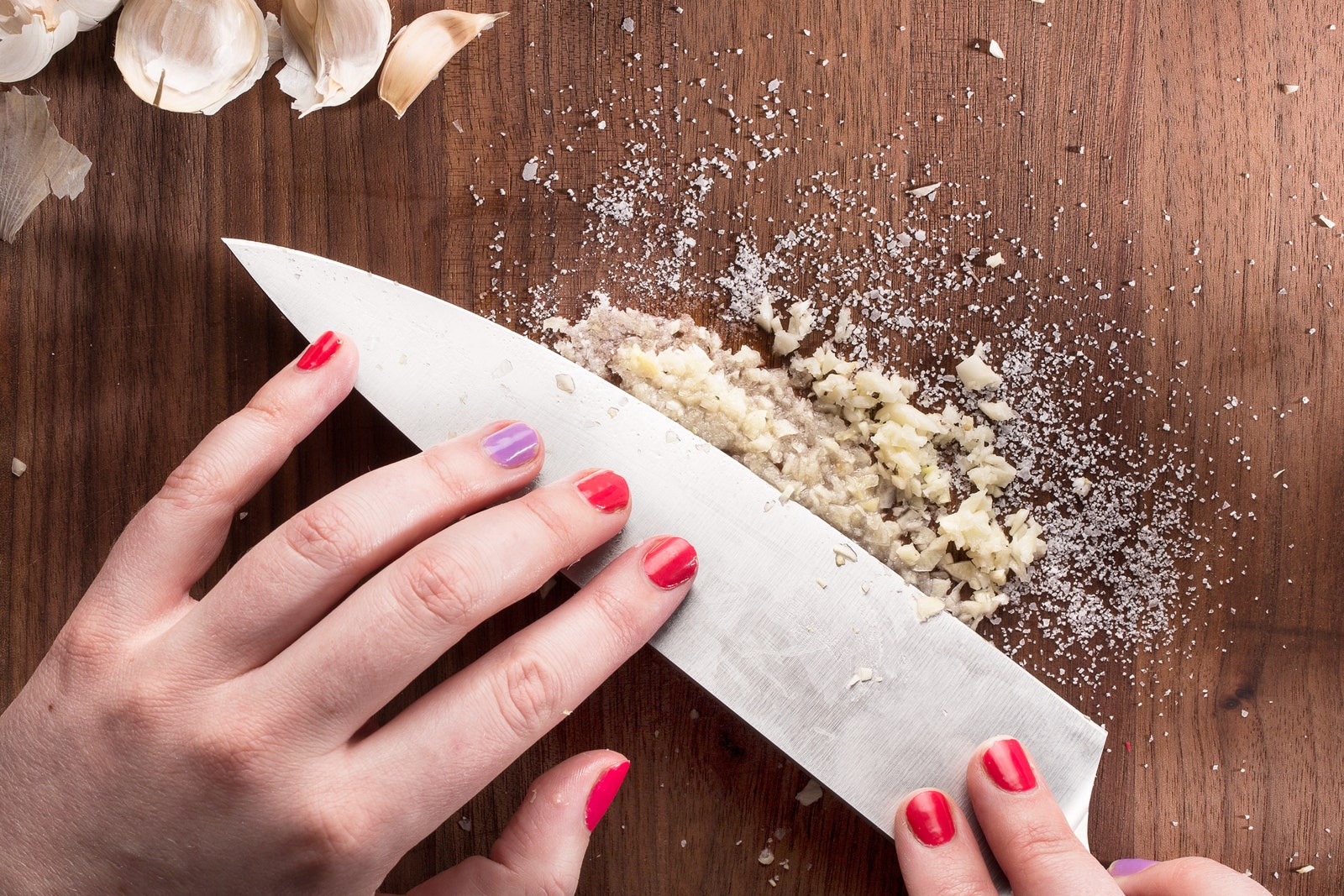
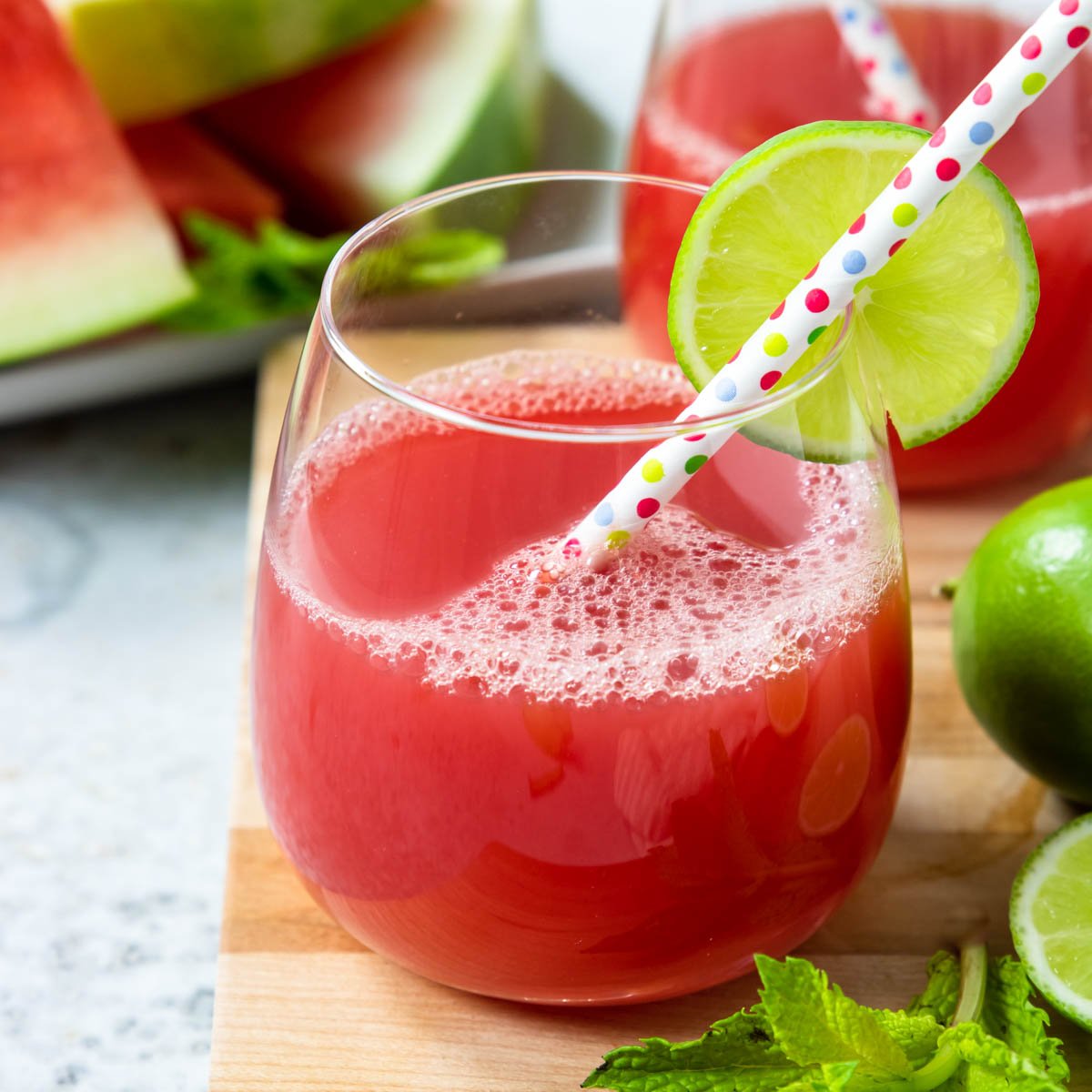
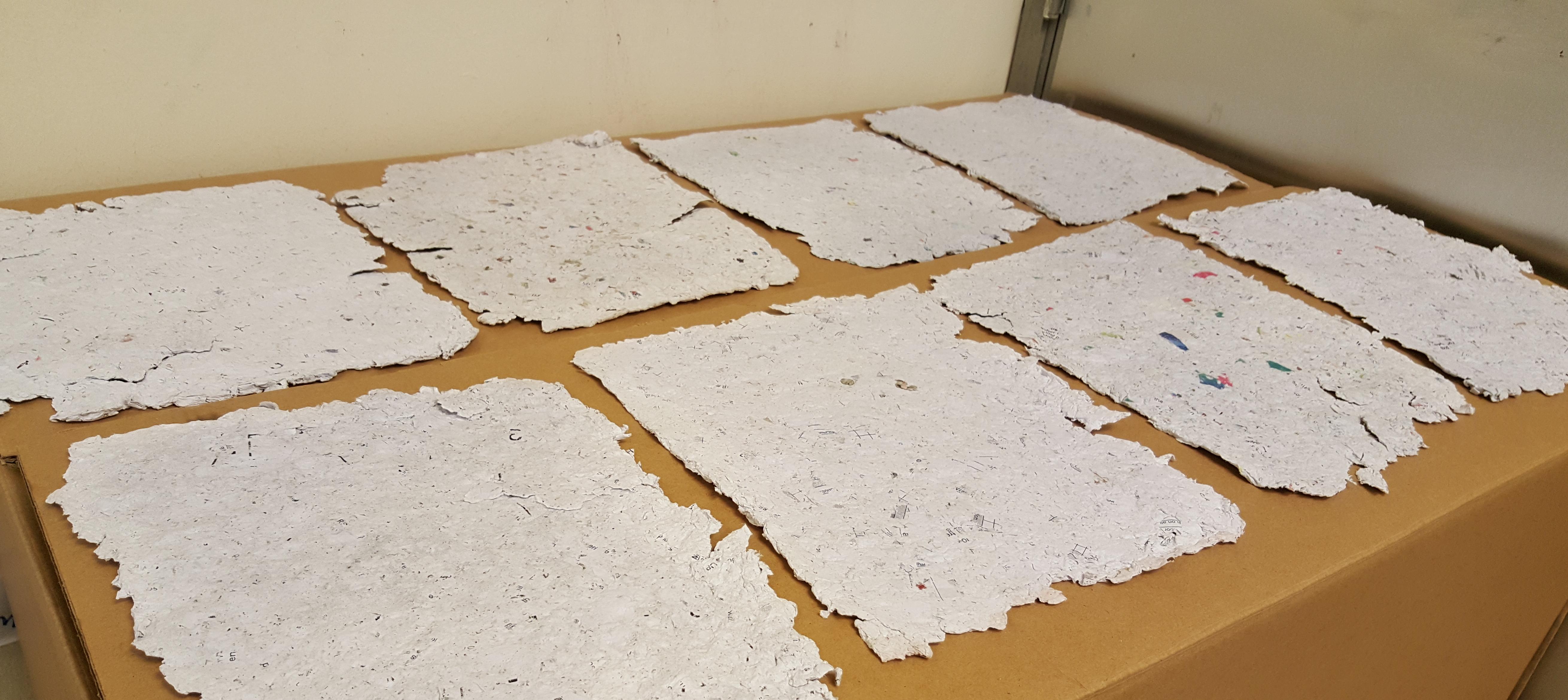
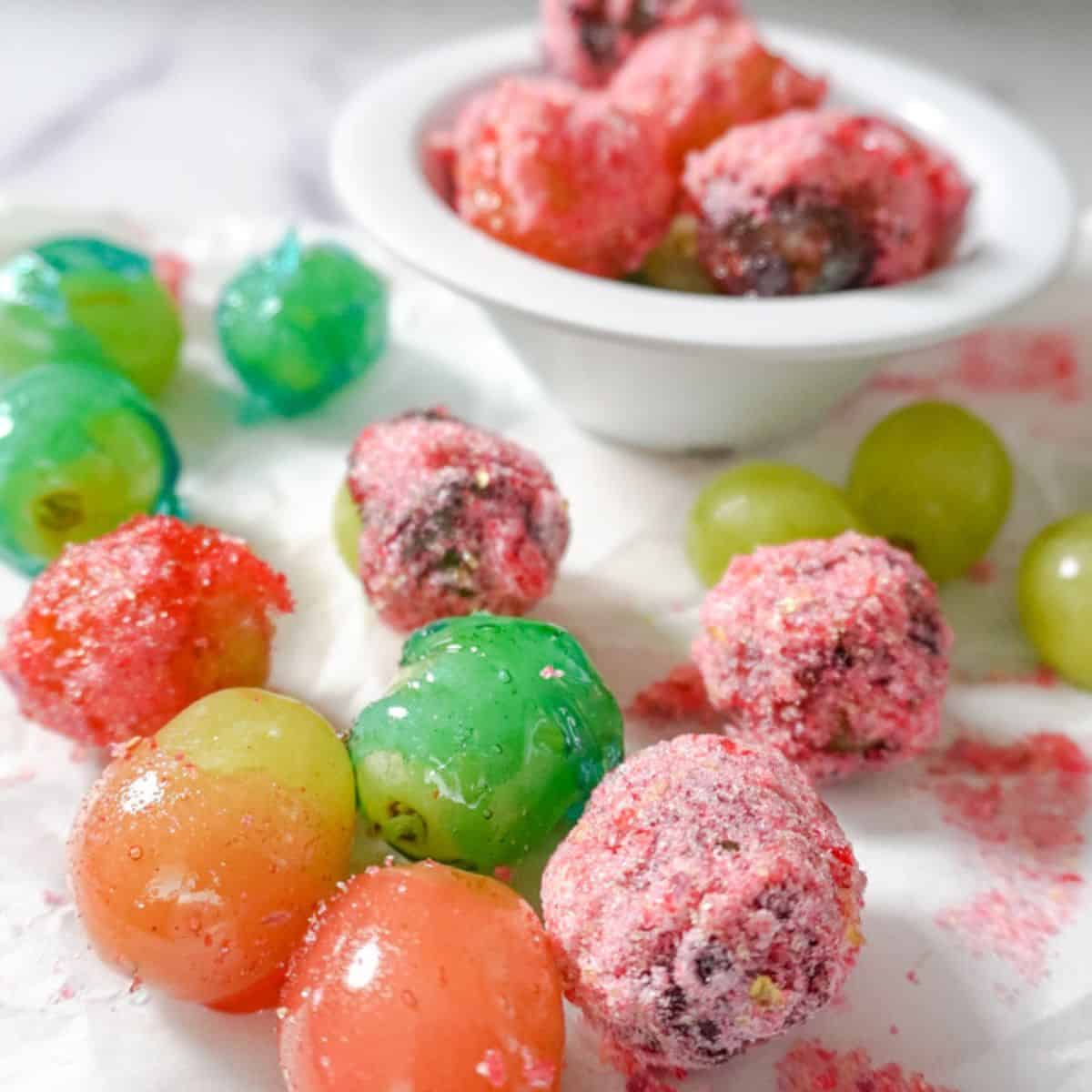
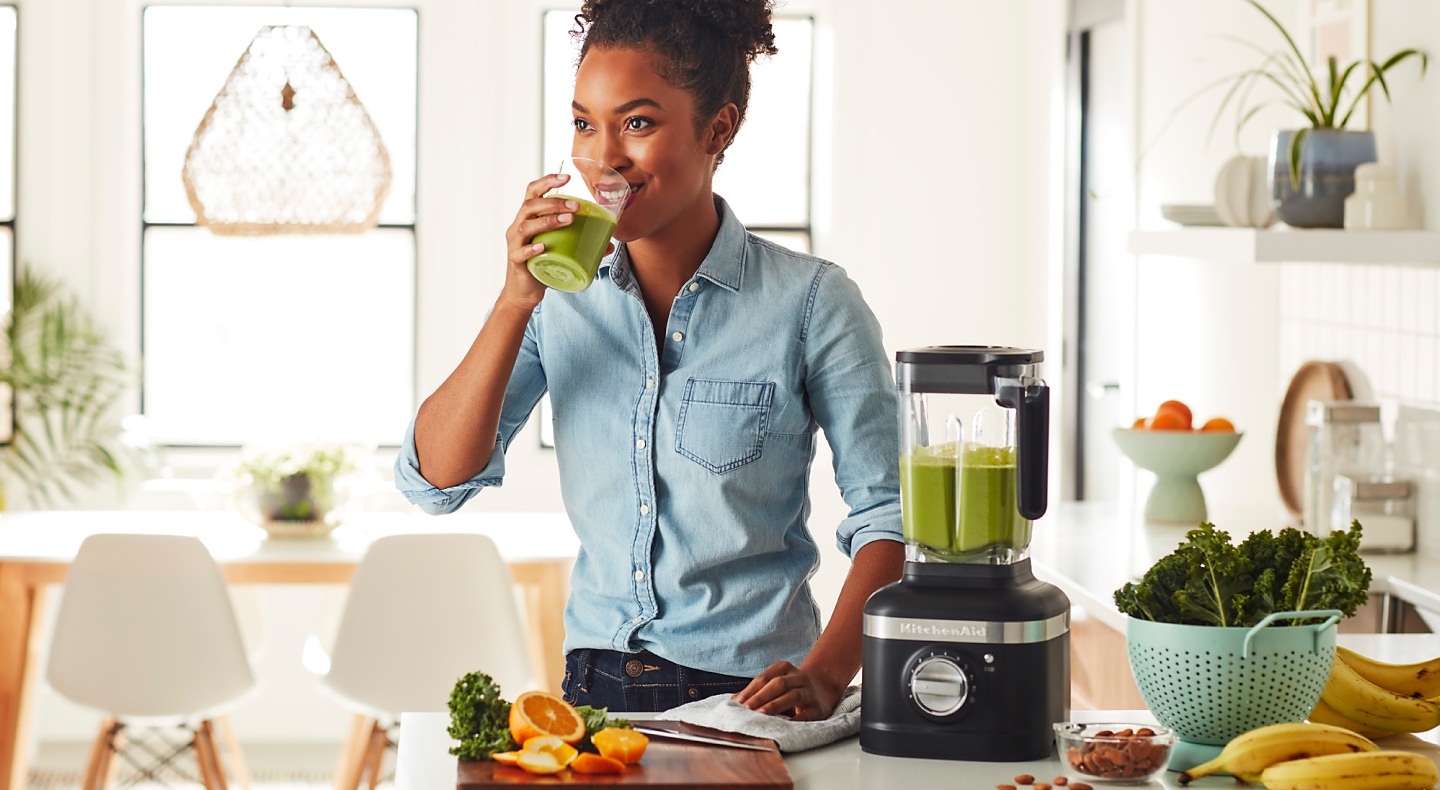
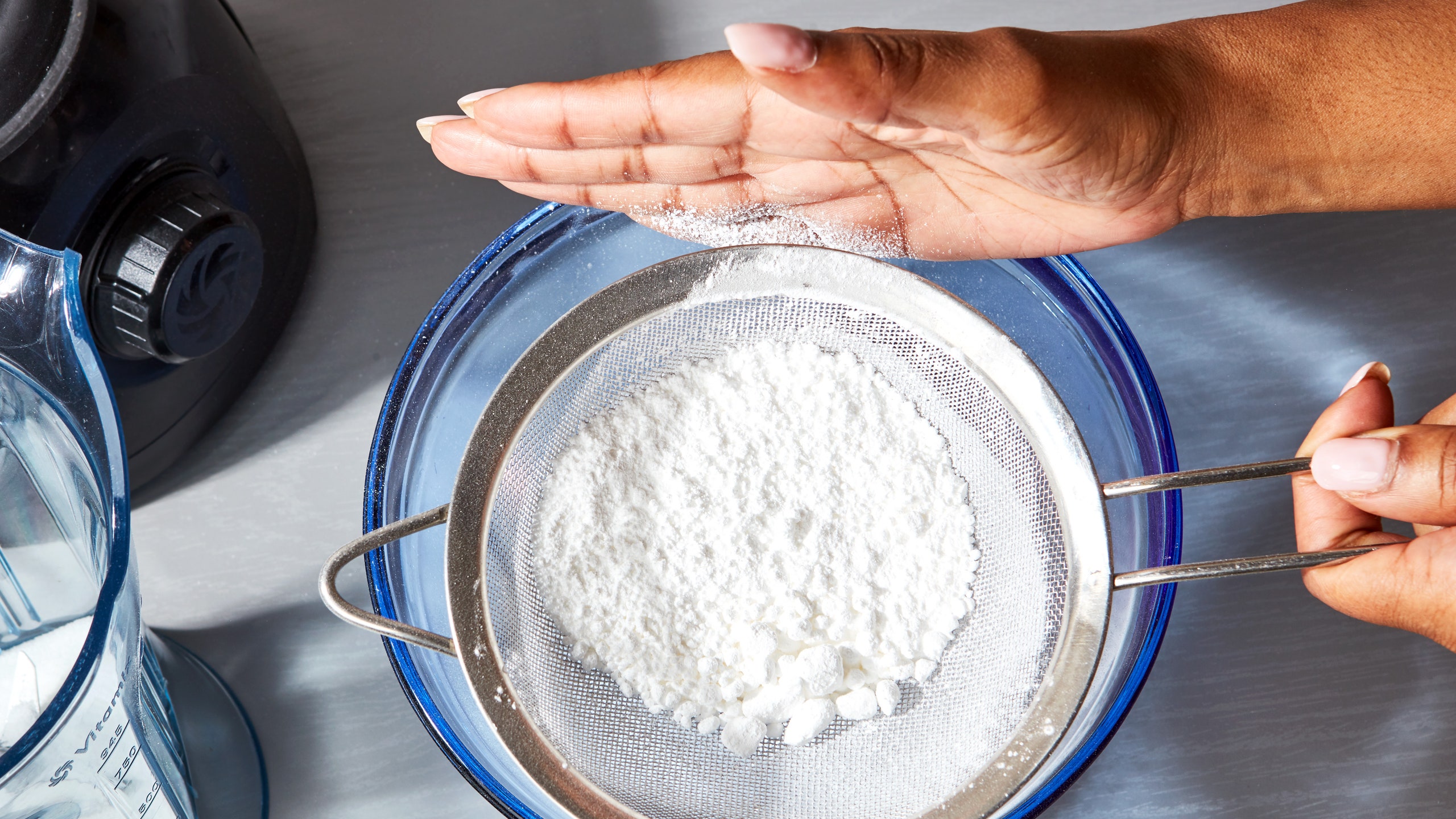
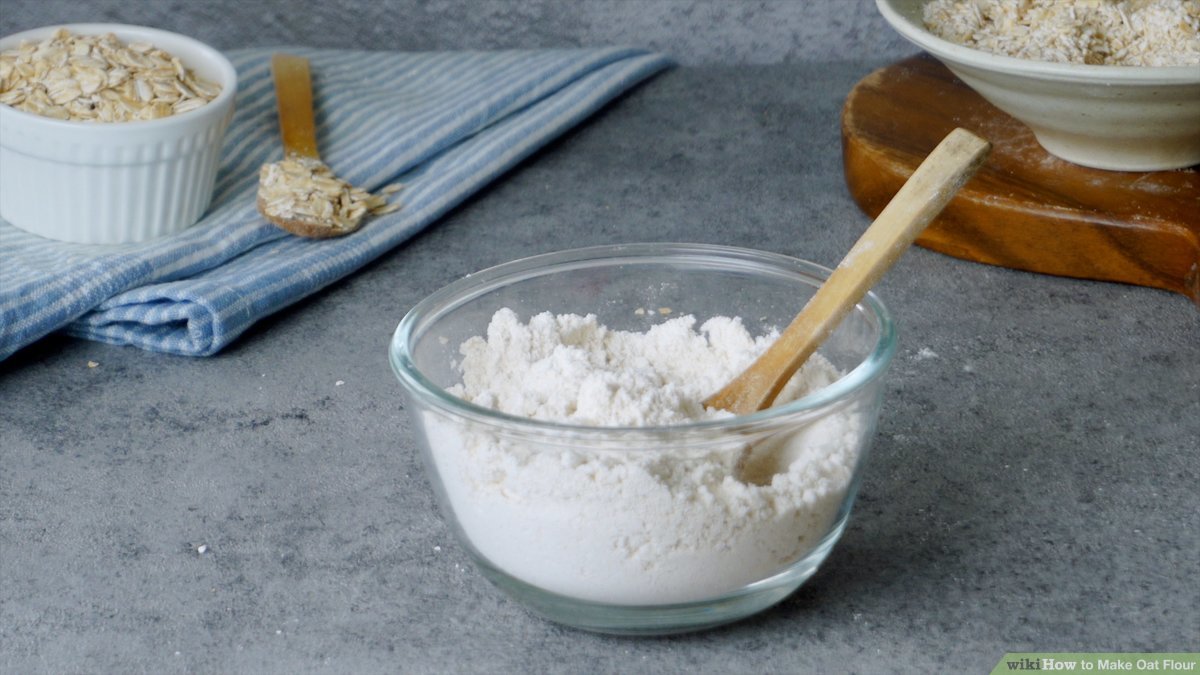

0 thoughts on “How To Puree Without A Blender”